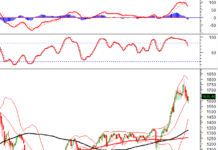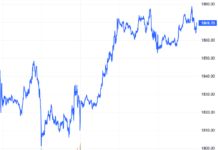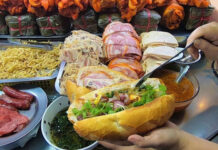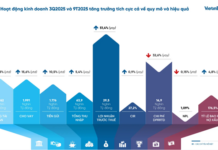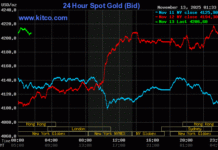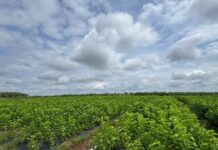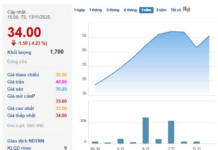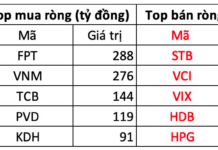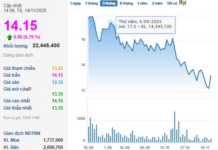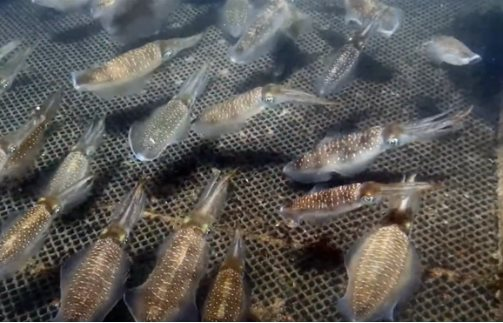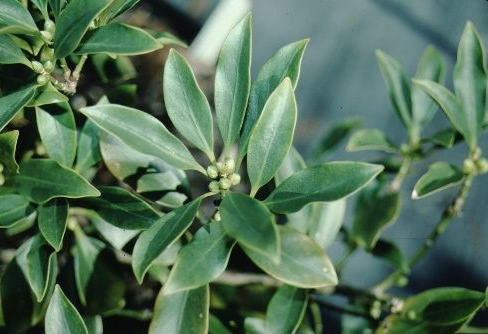
Illustrative image
According to preliminary statistics from the Vietnam Pepper Association (VPSA), in July 2025, Vietnam exported 602 tons of coriander with a turnover of 2.5 million USD. The main export markets include India and Pakistan.
Cumulative in the first half of 2025, Vietnam exported 9,276 tons of coriander, with a total export turnover of 35.7 million USD. Prosi Thang Long is the leading exporting company with 1,700 tons.
Vietnam is currently one of the two largest coriander exporters in the world, along with China, with an estimated annual output of 10,000-12,000 tons, contributing significantly to the country’s agricultural export turnover.
Coriander is economically valuable as it contains anethole, the main component that gives it its distinctive aroma. The export price of dried coriander ranges from 4,000 to 6,000 USD/ton, sometimes even surpassing 7,000 USD/ton when demand surges in the international market. Vietnam’s coriander is mainly exported to India, China, the Middle East, and Europe.
In terms of geographical distribution, coriander is mainly grown in the mountainous provinces of northern Vietnam, such as Lang Son, Cao Bang, Quang Ninh, and Thai Nguyen. Lang Son province has the largest coriander farming area, accounting for over 70% of the country’s total coriander farming area. With its cool climate, suitable soil, and long-standing farming traditions, the Northeast region is considered the “capital” of coriander in Vietnam.
2024 marked a strong recovery in Vietnam’s coriander exports after a stagnant period due to global economic fluctuations. According to the General Department of Customs, the export turnover of coriander in 2024 reached approximately 60 million USD, an increase of more than 25% compared to 2023. This growth was mainly driven by stable demand in traditional markets such as India and China, as well as the expansion of exports to potential markets such as South Korea, Japan, and the United States.
In the context of growing global demand for natural, organic, and plant-based products, coriander is considered a potential agricultural commodity for sustainable development. With adequate investment in deep processing, brand building, and market expansion, coriander products can bring higher added value and contribute to improving the income of mountainous people.
However, to ensure long-term effectiveness, the Vietnamese coriander industry needs to overcome challenges related to quality standards, traceability, and price fluctuations. The orientation of developing material regions associated with sustainable processing and export will be a key factor in maintaining the position of Vietnamese coriander in the international market in the coming time.
Nhu Quynh

